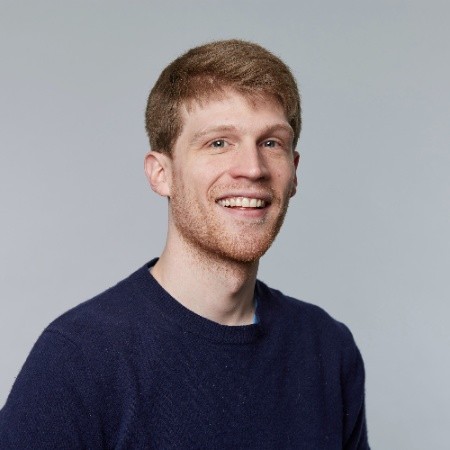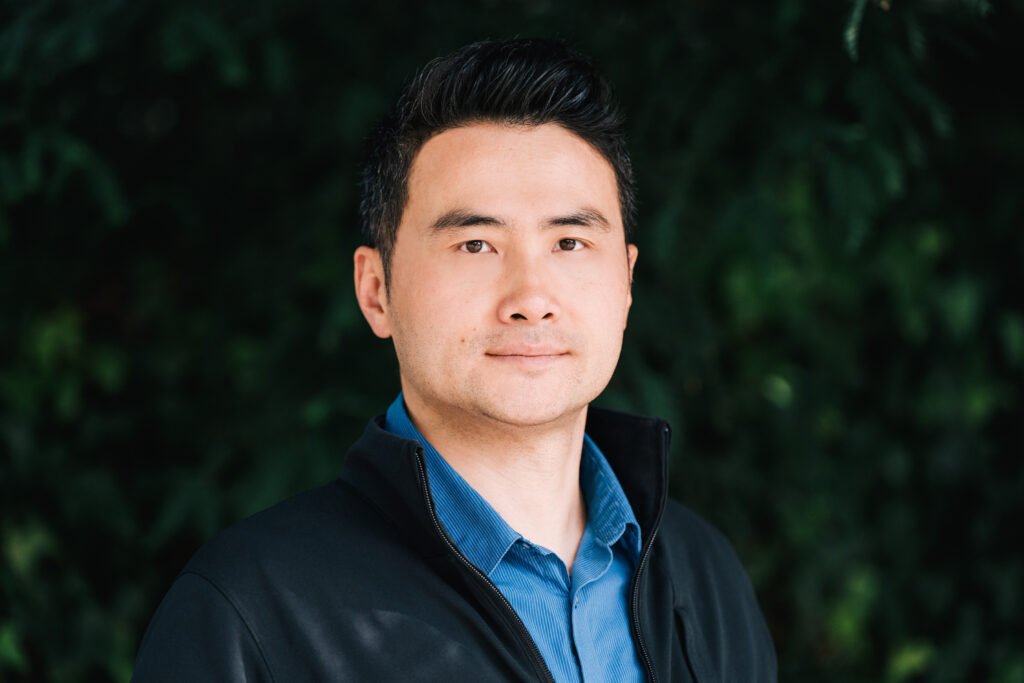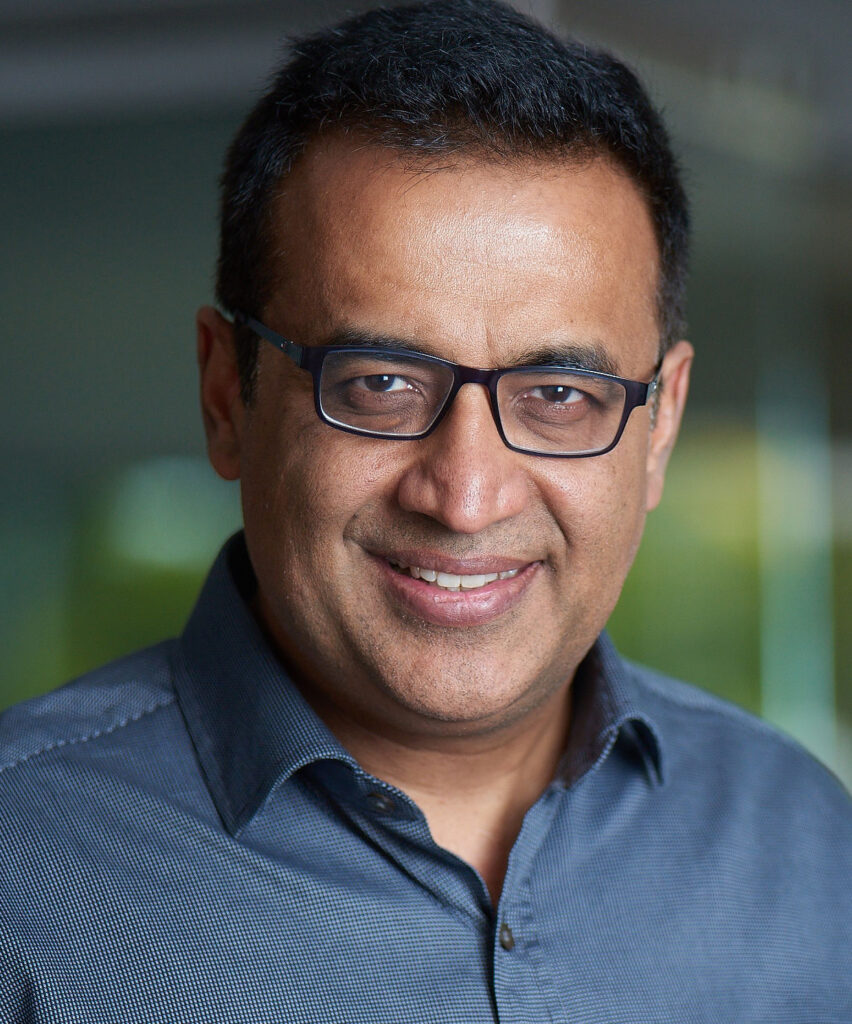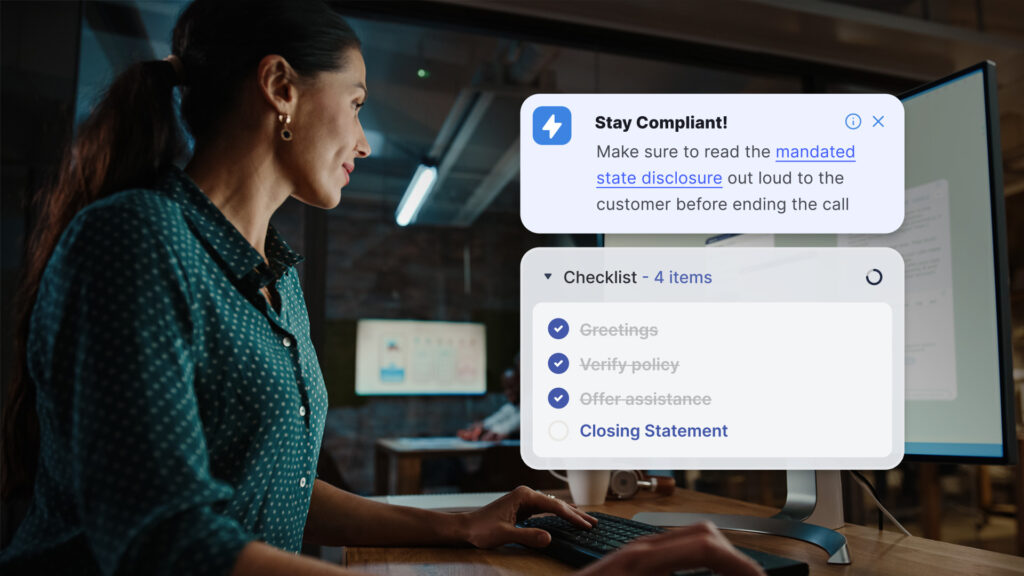
From an early age, George Netscher was driven by a desire to make a meaningful impact — not in an abstract way, but in a deeply personal one. After witnessing the devastating effects of Alzheimer’s disease on several members of his family, he became determined to improve life for those living with the condition and the families who care for them. So, from his days as an undergrad, he focused on engineering solutions that could make life safer and easier for those affected with the disease — and their families. That mission led him to pursue graduate studies in computer science at UC Berkeley, where he joined the renowned AI Research Lab. There, he worked alongside leading experts in computer vision — many of whom also had personal ties to Alzheimer’s — and began developing the ideas that would eventually become SafelyYou.
Motivated by a sense of urgency and a bold vision, Netscher left grad school to found SafelyYou and drive meaningful change. Eight years later, the company’s technology is now used in over 750 senior living communities, helping to serve more than 18,000 residents living with Alzheimer’s and those supporting them by detecting falls and enabling faster, more informed care.
Earlier this year, Qualcomm Ventures joined SafelyYou’s Series C funding round, impressed by the company’s strong traction and inspiring mission to create societal impact through technology. We spoke with George Netscher about how SafelyYou is transforming senior care, the vision that continues to drive the company, and why he believes engineering is the most powerful way to support Alzheimer’s patients today.
What problem were you trying to solve with SafelyYou?
I started SafelyYou because of my family’s experience with Alzheimer’s disease. Both my grandmother and my aunt on my mother’s side lived with it, so I knew there was a strong chance my mom would be diagnosed as well—and she ultimately was found to be genetically predisposed. In the short window of time that I had before she would begin to live with Alzheimer’s too, I wanted to create a better way to care for her. We began by focusing on falls — because those living with cognitive decline fall twice as often as those without the same condition, averaging about four times per year.
Despite the fact that falls are the leading cause of both fatal and non-fatal injuries in people over 65, there are very few effective solutions for managing falls in those with cognitive impairment.
Why choose to study computer science to work on Alzheimer’s, not medicine or neuroscience?
Both my parents are doctors, and for a while I thought I’d do that — but I wanted to build something that could help people now, especially my mom. I love engineering. I’m good at solving problems, and I’m a bit impatient. I could so clearly see the pain this disease causes. And the more I read about the disease, the more I realized it’s everywhere. But we don’t understand the brain well, we have a long way to go before a real cure, and there’s a huge population that’s going to be affected. If you sit in support groups and hear what families go through, it’s hard not to want to help.
With Alzheimer’s, as people decline, they lose the ability to advocate for themselves. Many move into assisted living, and families can’t be there all the time. I wanted my mom to have a way to “tell” me if she fell, rather than waiting to be found. When I started in grad school, around 2014, the AI boom had just started. It was clear AI was going to be transformative. Aging is a massive global issue, like climate change. I saw a chance to combine AI with this problem and do something meaningful.
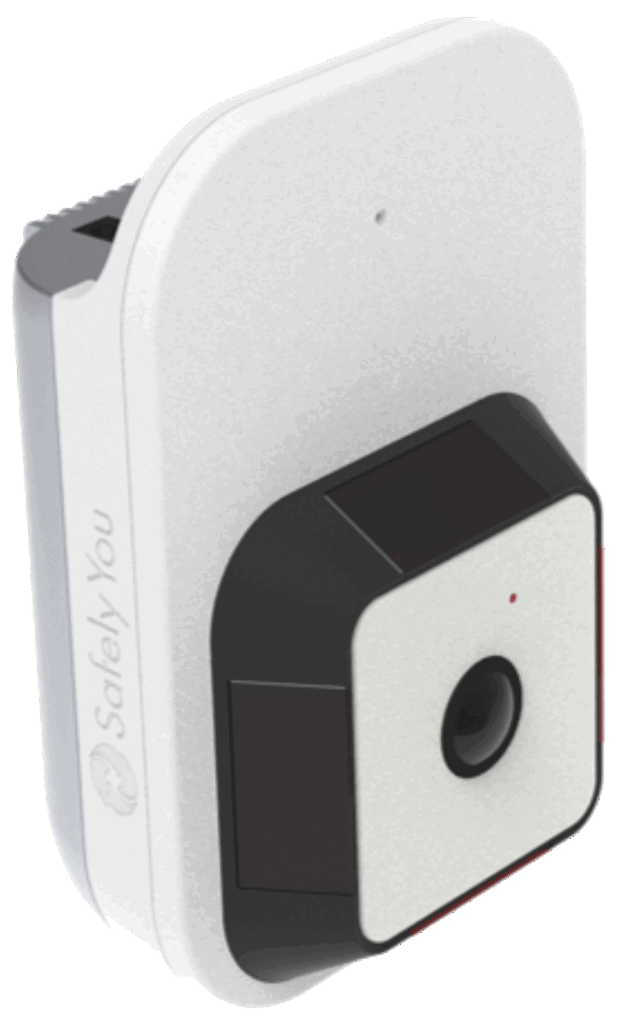
How do you see SafelyYou and the fall detection and prevention space evolving in the next five or 10 years?
Here at SafelyYou, we’re growing our teams, expanding our offerings, and investing in our customer base. Right now, SafelyYou offers the most comprehensive platform in senior living. We’re able to address safety, wellness, and staffing for organizations. We’ve created our own device, built on a data set that is unmatched, with eight years of senior living data and over 7 million observational resident days. We’re delivering the fastest, most accurate information for communities, and we’re able to deliver a level of consistency that has never been possible before. The combination of the completeness of the solution and the consistency of the results is a powerful foundation that we’re excited to continue building upon.
More broadly, I think we’re heading toward the time where technology like SafelyYou will be the standard of care. Communities will no more forego this level of safety than they would forego a smoke detector — it’ll be that critical to protection and will become that assumed and expected. As part of that, I think fall detection and prevention will become more ingrained with total care.
What impact has Qualcomm Ventures had on your company’s journey?
Qualcomm Ventures has a long history of investing in innovative companies and supporting their success. We felt strongly that their expertise and insights would be a tremendous benefit to us, and we knew they understood our mission — and could help us grow to reach it.
We also knew that Qualcomm’s* foundational technologies aligned with our needs. We built our own device to run everything on the edge — to ensure privacy and because many communities don’t have enough bandwidth for cloud video. We need to act in real time. If someone hits their head and has a brain bleed, seconds matter. And our goal is to add more services to the device over time, so we needed robust edge computing. Qualcomm understood all of that.
They’ve also been instrumental in supporting our growth, especially when we encountered supply chain challenges when we first started working together. We had a huge Q4 last year — biggest expansion ever, biggest new deal, and more new clients than the entire previous year. But with growth came supply problems. Qualcomm Technologies, Inc. stepped in immediately, helping us secure key parts. That was huge—every delay is a day we’re not helping someone, and that matters.
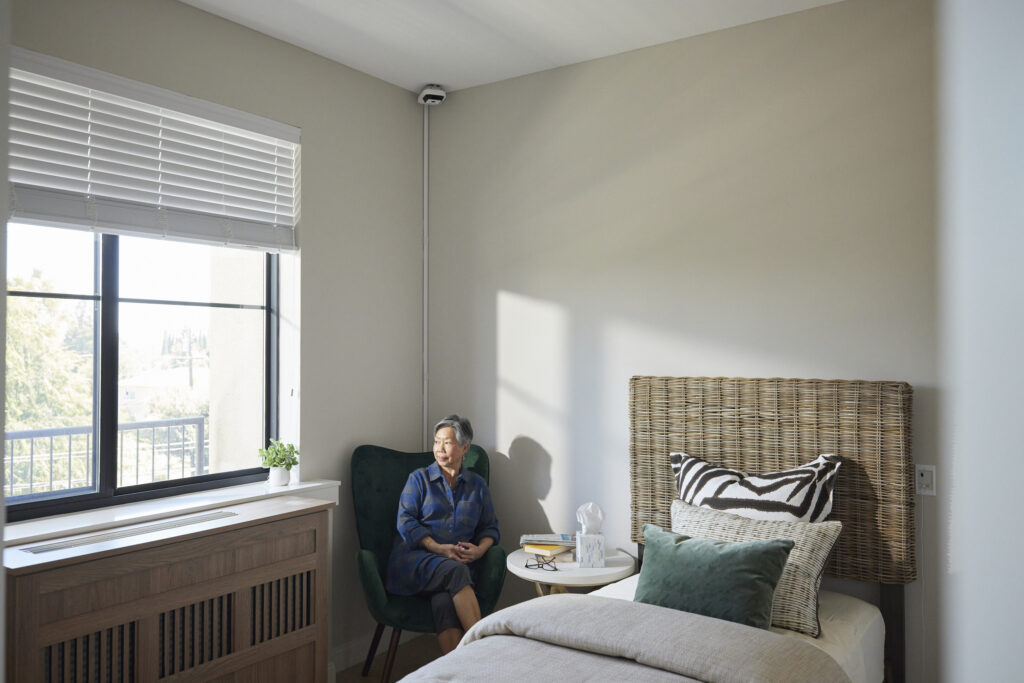
Any advice for other founders?
I’ve made every mistake, and I still find new ones. But you learn by doing. No one has it all figured out. You make the best decisions you can, learn, and get better. Low ego, trusted people, willingness to fail—that’s key.
Also: don’t obsess over valuation. Instead, focus on working with great people. Long-term, that’s what matters. If this doesn’t work out, I’ll still feel proud and glad I worked with people who cared.
And what’s your long-term vision?
To make caring for seniors worry-free for everyone, everywhere. I was inspired to start this company so my mom could have better care, but it’s really about every single person involved in the ecosystem. Families, the staff that’s caring for them, the businesses that are trying to serve them — there’s so much worry around aging and vulnerability. If we can make that worry-free for everyone, everywhere, think about what a beautiful place the world could be.

